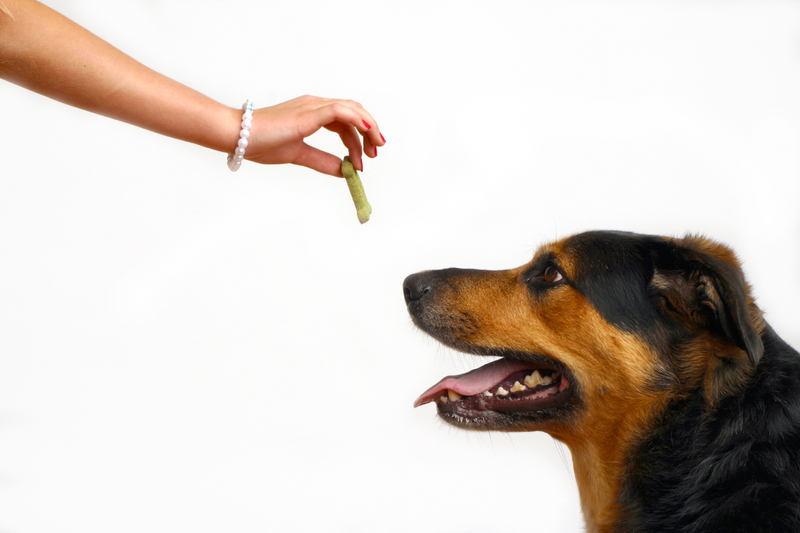It is important when you teach your dog commands you teach them the actual word and not “how” it’s being said.
For years owners have been taught to use commands firmly. However, the reality is that most dogs have multiple owners in a home, including small children. Many small children are unable to give commands in a tone like their parents so they struggle to get their dog to follow directions.
I teach my clients to give commands in different tones, even whispering, to get their dog to understand that it’s about the word and not how they are saying it. This allows the entire family to direct their dog in real life situations.
Also, be mindful of your body language when you give a command. If you have to stand in front of the dog a certain way each time you ask him to “sit,” what happens when you’re sitting on the couch and ask for the same response? A dog will read your body language before she will learn your words. Learn to give commands while standing, sitting, standing behind the dog, lying down, etc. When a dog really understands the word he won’t need to see you to respond which means you will get the behavior faster.
Once a dog knows a command, you can ensure they follow-through without physically placing your hands on them or using the leash to direct them. When asking for a behavior give your dog 3-5 seconds to respond. If no response, repeat the command without changing tone or body position. Give the dog 3-5 more seconds to respond. If the dog doesn’t you may stand stationary until the dog complies (for sit, down, etc.), go get the dog and bring to your location (come), or you can place the dog into time-out for thirty seconds. Once the dog is out of time-out take him back to the exact location and ask for the behavior again. Repeat the process and remember to not change tones, volume or body position.
Here are some other guidelines to follow when giving your dog commands.
1. Be sure the dog fully understands the behavior you are asking for.
2. When giving the command use a neutral voice.
3. Give your dog five seconds to comply before repeating the command.
4. Do not change your volume or tone when needing to repeat.
5. Do not touch the dog when asking for the behavior.
6. Do not pull up on the leash or jerk up on the collar when asking for a behavior.
7. Do not physically push your dog into the behavior.
8. Do not change your body posture or your approach when needing to repeat your command.
9. Do not allow your dog to do anything else until the command has been followed.
10. When your dog responds to a command, even if it’s a one second sit, praise the dog for listening and responding.
11. Do not lure your dog into a behavior by showing a treat or saying “treat” prior to giving a command.
